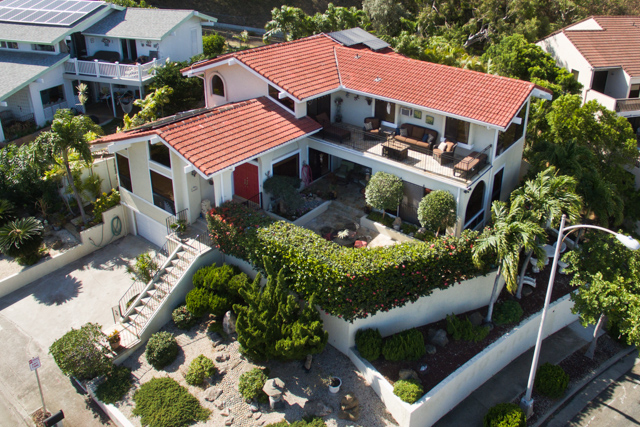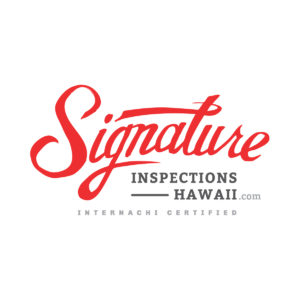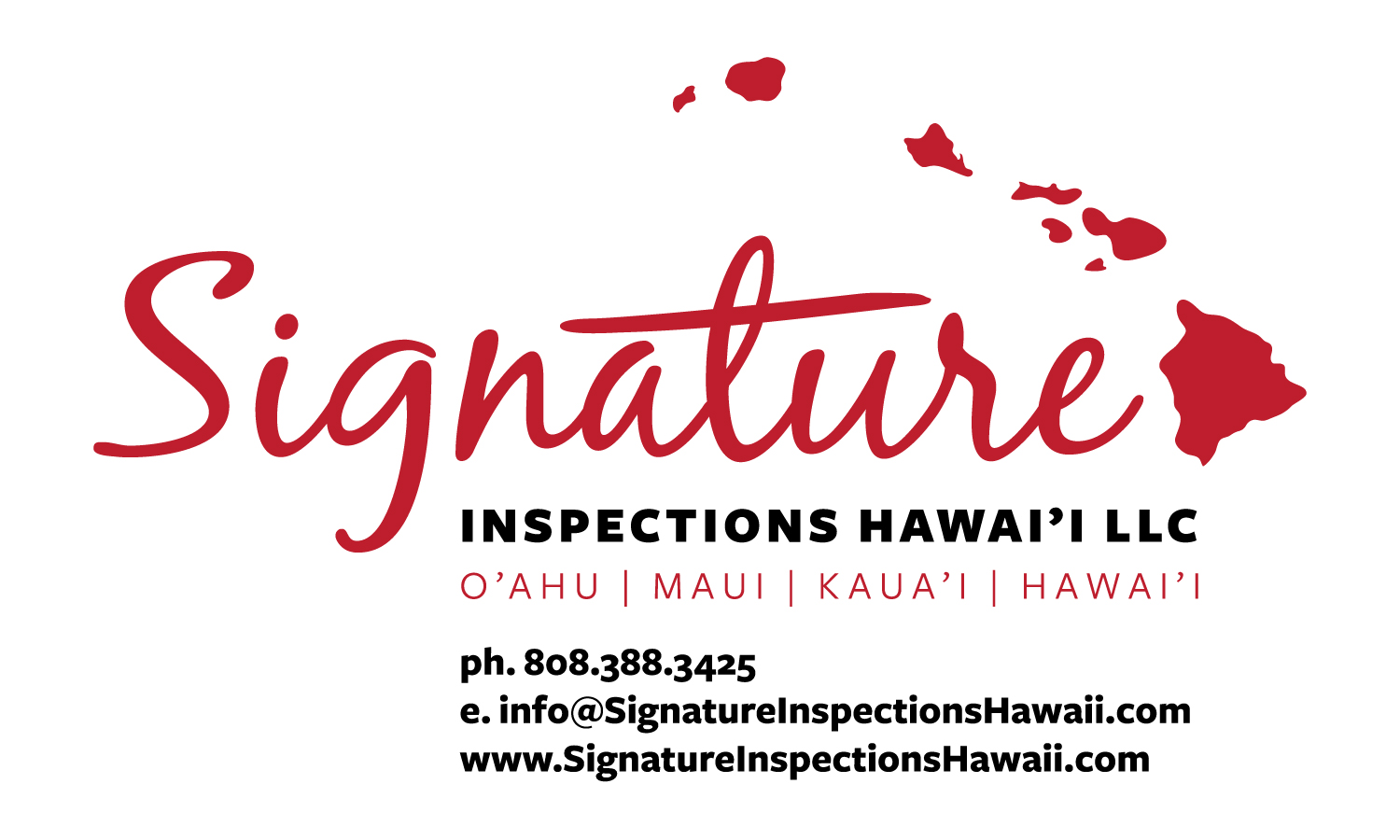Molds produce allergens, which are substances that can cause allergic reactions, as well as irritants and, in some cases, potentially toxic substances known as mycotoxins. Inhaling or touching mold or mold spores may cause allergic reactions in sensitive individuals. Allergic responses include hay fever-type symptoms, such as sneezing, runny nose, red eyes, and skin rash (dermatitis).  Allergic reactions to mold are common. They can be immediate or delayed. Molds can also cause asthma attacks in people with asthma who are allergic to mold. In addition, mold exposure can irritate the eyes, skin, nose, throat and lungs of both mold-allergic and non-allergic people. Symptoms other than the allergic and irritant types are not commonly reported as a result of inhaling mold, but can also occur.
Allergic reactions to mold are common. They can be immediate or delayed. Molds can also cause asthma attacks in people with asthma who are allergic to mold. In addition, mold exposure can irritate the eyes, skin, nose, throat and lungs of both mold-allergic and non-allergic people. Symptoms other than the allergic and irritant types are not commonly reported as a result of inhaling mold, but can also occur.
Carpet at Risk
Carpeting is an area of the home that can be at high risk for mold growth. In order to grow, mold needs moisture, oxygen, a food source, and a surface to grow on. Mold spores are commonly found naturally in the air. If spores land on a wet or damp spot indoors that contains dust for them to feed on, mold growth will soon follow. Wall-to-wall carpeting, as well as area rugs, can provide an ample breeding ground for mold if conditions are right. At especially high risk for mold growth are carpeting located below ground level in basements, carpet in commonly moist or damp climates, and carpet that has been wet for any period of time.
Identifying Mold in Carpeting
Just because mold is not immediately apparent or visible on a carpet’s surface does not mean that mold growth is not in progress. In fact, mold will probably only be visible on the surface of carpets in unusually severe cases of growth, such as carpet damaged in flooding that has remained wet for some time. The following are some examples of identifiable instances where mold growth has occurred or is likely to occur:
- visible mold growth: As stated above, this can be a rare case, but sometimes it may be obvious from visual inspection that mold growth is occurring. Carpet in this condition is most likely not salvageable and should be disposed of and replaced. Often, even if mold growth is not visible on the top of carpeting, it may be occurring underneath the carpet where it can’t be easily seen. Carpet suspected of containing mold should always be examined on both sides.
- carpet mildew: Any discoloration or odor on carpeting that might be described as mildew is probably a case of mold.
- wet or water-damaged carpet: Any carpet that has been subjected to water damage from flooding or standing water will most likely need to be disposed of. Conditions are ripe for mold growth, in this case. Even if visibly apparent mold growth has not yet begun, it is highly likely to happen unless the carpet is completely removed, cleaned and dried within 24 to 48 hours. Even then, removal and cleaning are not guaranteed to prevent mold growth. It is more likely that the carpet will need to be replaced.
- wet padding beneath carpet: If padding beneath the carpet has become wet for any reason, or has become moist from condensation, the padding as well as the carpet on top are at risk for mold growth. The padding may need to be replaced, as will the carpet, in some cases.
- basement carpet: Carpeting in basements below grade level is especially at risk in areas where humidity is high, or where wide temperature swings can produce condensation.
- odors and stains: There is a wide range of things that can cause odors and stains on carpets. If mold is suspected, samples can be taken and sent for analysis to determine if mold growth has occurred.
Preventing Mold Growth in Carpeting
The best method for combating mold is to not allow mold growth in the first place. The best way to do so is by ensuring that conditions conducive to growth do not exist. Below are some ways to prevent mold growth in carpets.
- Reduce indoor humidity. The use of dehumidifiers will help control moisture in the air, depriving mold spores of the water they need to grow into mold. A range of 30% to 60% humidity is acceptable for interiors.
- Install intelligently. Do not install carpeting in areas that are likely to be subject to frequent, high moisture. Carpet in a bathroom, for example, will quickly turn to a breeding ground for mold growth due to the high humidity from constant water use in that area.
- Choose high-quality carpet padding. Solid, rubber-slab carpet padding with anti-microbial properties is available. It is slightly more expensive than other types of padding but can be helpful for preventing the growth of mold, especially in climates prone to periods of high humidity.
- Never allow standing water. Carpet exposed to standing water will quickly be ruined. If standing water ever occurs because of a leak or a spill, all carpeting exposed must be immediately cleaned and dried. The top and bottom surfaces of the carpet, any padding, and the floor underneath must be cleaned and completely dried within a short period of time after exposure to standing water if the carpet is to be saved. If a large flood has occurred, or if standing water has been present for any extended period of time, the carpet will probably need to be replaced.
- Clean smart. When carpeting needs to be cleaned, try to use a dry form of cleaning, when possible. If any water, liquid, or other moisture has come in contact with the carpet during cleaning, be sure it is dried thoroughly afterward.
Removing Mold From Carpet
In many cases, if mold has grown on carpet, cleaning will not be possible. If growth has occurred on more than one area of the carpet, or if there is a large area of growth, the carpet will probably need to be replaced. 
Small areas of growth that have been quickly identified can sometimes be dealt with. Detergent and water used with a steam-cleaning machine may be enough to clean the carpet thoroughly. It is then important to ensure that the carpet dries completely after cleaning to prevent the growth from recurring. Stronger cleaning agents can be substituted if detergent does not work. Anything stronger than detergent or common rug-cleaning products should first be tested on an inconspicuous area of the carpet to ensure that the rug will not be damaged during cleaning. About 24 hours is a reasonable amount of time to wait after testing to be sure that wider cleaning will not discolor or damage the carpet.
Signature Inspections Hawaii, LLC, is FULLY Insured & “NATIONALLY CERTIFIED” by InterNACHI. InterNACHI also requires inspectors to continue their education through accredited courses, conferences, online learning, etc… and annual Inspector Certificate Testing in order to hold a current certificate.
Contact Us Today || Book You Inspection Now
808.388.3425
Trevor Drinen | CPI Certified Professional Inspector # NACHI16122702
*For a more detailed explanation of the inspection process please feel free to visit: InterNACHI Residential Standards Of Practice and InterNACHI Code Of Ethics .








